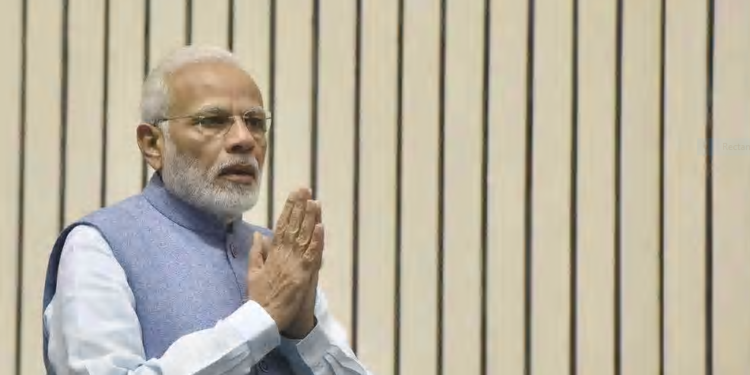Ever since the FM revolution in India, radios have expanded and proliferated at an unprecedented growth rate. Although, after the advent and wide adoption of television and internet, reporters and analysts had predicted a slow death of the radio. However, the time immemorial communication medium has survived by reinventing and modifying itself as per the need of the people.
When PM Modi came to power in May 2014, he chose radio to directly communicate with the people of the country in the form of his ‘Mann ki Baat’ programme. There were political and technical reasons behind the PM choosing radio as a medium to communicate with the people of the country. A radio is that means of communication gap which bridges the gap between the government and the citizens by removing hindrances such as illiteracy and financial incapability. Moreover, the broadcast radio today reaches a staggering 99% of the Indian population, unmatchable to any other mode of mass media. Over 64% population in India listens to FM Radio every day. Mann ki Baat programmes are aired on the AIR which reaches 92 percent of the population and is a major source of information for rural India and the older generations. So far 53 episodes of Mann Ki Baat have been broadcasted on All India Radio in many India languages, including Sanskrit.
Even by conservative estimates, every person who has access to Television, Mobile Phone or Radio must have heard a session of Mann Ki Baat at least once in the last four and a half years. On January 27, 2019, more than 10 lakh people heard the direct talk by PM Modi on their phones by giving a missed call. 14.7 crore people heard the 35 minute broadcast of the PM’s talk with the people of the country on the same day.

The program also brought huge sums of money for All India Radio. The advertisement rate for a Mann Ki Baat session is as much as 2 lakh rupees for 10 seconds slot, while the normal rates for AIR advertisement is 500-1500 rupees per station. Therefore, broadcasting Mann Ki Baat has proved a highly profitable business for All India Radio. In the financial year 2017-18, AIR earned 4.8 crore rupees by airing Mann Ki Baat. The very next financial 2016-17, it earned 5.19 crore rupees from the same. “Different kinds of brands can associate with it and also cover markets which are not covered too well by TV and print,” said an official with AIR.
The program is not just well received by the rural parts of the country but urban folks also listen to the program. The PM talks about variety of topics which are a matter of national interest, perceived with keen interest by citizens at large.
The radio is best medium to communicate large population of the country without falling over the biases of mainstream media. The hatred of print and television journalist against PM Modi is well known. The left-liberal media establishment collaborates with the opposition, mainly Congress which has nurtured and nourished it since the days of state monopoly over media. The state monopoly over media ended in last the few decades but the subservience of left-liberal media to Congress remains the same. The people in the media still pursue fear and rumor-mongering in the direction of their political masters.
Therefore, radio has proved to be the best medium for direct communication with the large populous of the country. This step by PM Modi has benefitted the people of the country at large, his government, his party and All India Radio too. This programme not only grants transparency but has also become the most popular way to enable the masses be aware of the developments in the country, a way through which the people can know their leader, thereby introducing a true democracy.


































